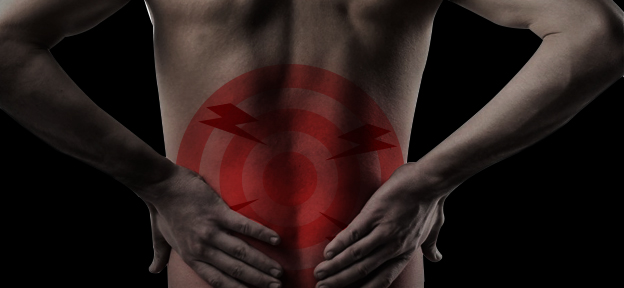Many things come to mind when choosing of the right chiropractor for your condition. Naples Florida is a very active sports community, that is why Total Health of Naples treats many conditions as a result of athletic injuries. Our office is equipped with state-of-the-art chiropractic and physiotherapy equipment specifically designed for sports injuries. Whether you're a once a week golfer, avid tennis player, runner or even a kayaker injuries may arise as a result of repetition, egregious injury or simply not being prepared for your sport with proper warm-up.
Our doctor of chiropractic has proficiency in diagnosing and treating with conservative care athletic injuries. As a former junior 'A' and college hockey player our doctor knows what it takes to play at the top and what it takes to overcome an injury. Interestingly enough our philosophy here at Total Health of Naples is not to take you out of the game but make you better for the next time you return. Too many times so-called experts in the medical, physical therapy and chiropractic communities tend to take the easy path and sideline player not only for short duration but even suggest to never play the sport again. That is why we work with the athlete to assist with a speedy recovery and prepare them for future competition.
Conditions that we see from athletic injuries range from muscle strains, ligamentous sprains, disc herniations, concussions and joint subluxations. Depending on the condition our therapy department can assist with these conditions using our resources that include nonsurgical spinal decompression, muscle stimulation, heat packs, cryotherapy, ultrasound therapy, rock tape applications, myofascial/soft tissue treatments to name a few. Chiropractic adjustments are also top of the list when it comes to spinal and extremity joint subluxation injuries.
You can trust Total Health of Naples with your athletic injuries as our chiropractic physician is the official chiropractor of the Florida Everblades hockey team ( minor-league affiliate to the Tampa Bay Lightning and the Carolina Hurricanes of the National Hockey League), we are a Titleist performance Institute certified facility as well as USA weightlifting sport performance coaching center. Dr. Paralovos has had and continues to treat NCAA Division I athletes, PGA Tour golfers, major-league baseball players and NFL football players .
Call today 23 2260 1426 to schedule your appointment on how you can overcome your chronic or acute athletic injuries in Naples Florida. Go to www.totalhealthnaples.com for more information that our clinic and our doctor.
There are well over 100 types of adjustment techniques used by chiropractors throughout the world. Typically, chiropractors will focus on and utilize 8 to 10 different approaches in their practice.
The common goal of most chiropractic techniques is to restore or to enhance joint function, with the general goals of resolving joint inflammation and reducing pain. Some approaches use some force (spinal manipulation), while others are more gentle (spinal mobilization).
The original chiropractic adjustment approach is generally referred to as spinal manipulation, and may also be called the diversified technique or the high-velocity, low-amplitude (HVLA) thrust. New chiropractic adjustment approaches typically evolve as a variation from an existing technique and are often named after the chiropractor who developed it.Chiropractic Manipulation Techniques
Chiropractors adapt treatment plans- Spinal Manipulation (High-Velocity Low-Amplitude Thrust)
The most frequently used chiropractic technique, spinal manipulation, is the traditional high-velocity low-amplitude (HVLA) thrust. The manipulation often results in an audible "pop," as chiropractors use their hands to apply a controlled sudden force to a joint while the body is positioned in a specific way.
Spinal Mobilization (Low-Force or Gentle Chiropractic Techniques)
Some conditions (such as osteoporosis), pathology, the patient's size, patient comfort, or patient preference, may require a gentler approach generally referred to as spinal mobilization. In addition, some patients and/or clinicians prefer mild spinal mobilization techniques that do not involve twisting of the body or a forceful thrust.
In This Article:
In addition to manipulation, many chiropractors will employ adjunctive therapy, such as ice or heat or physical therapy modalities (such as electric stimulation, ultrasound, etc.), as part of an overall treatment plan. Patients should discuss their symptoms and preferences with their chiropractor, whose role it is to perform a thorough examination to determine the best course of treatment.







